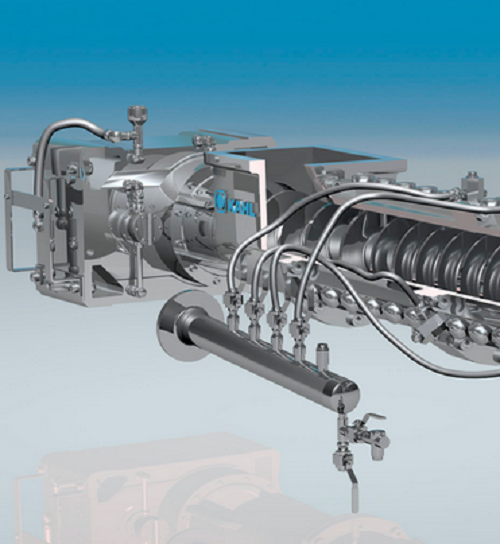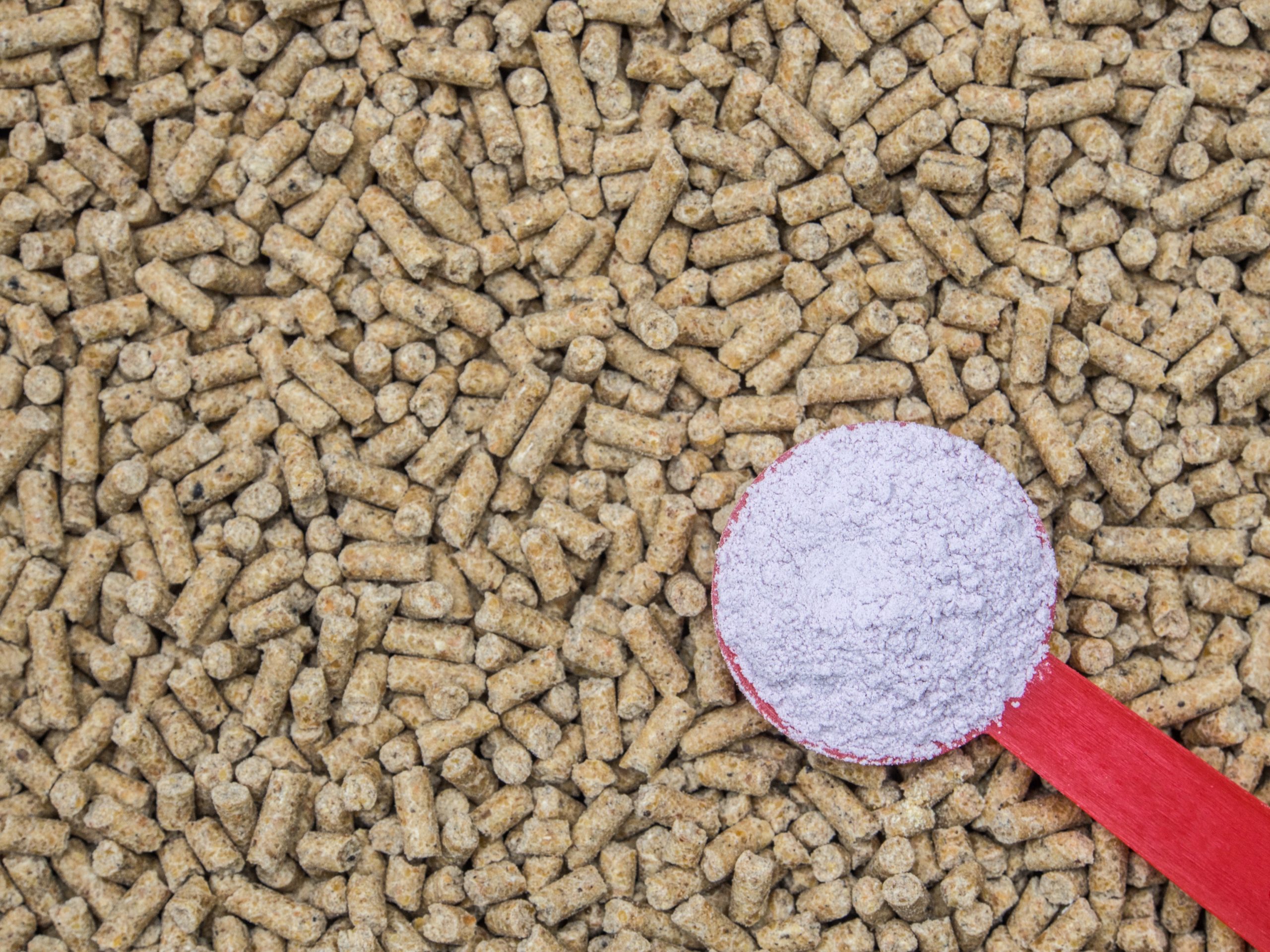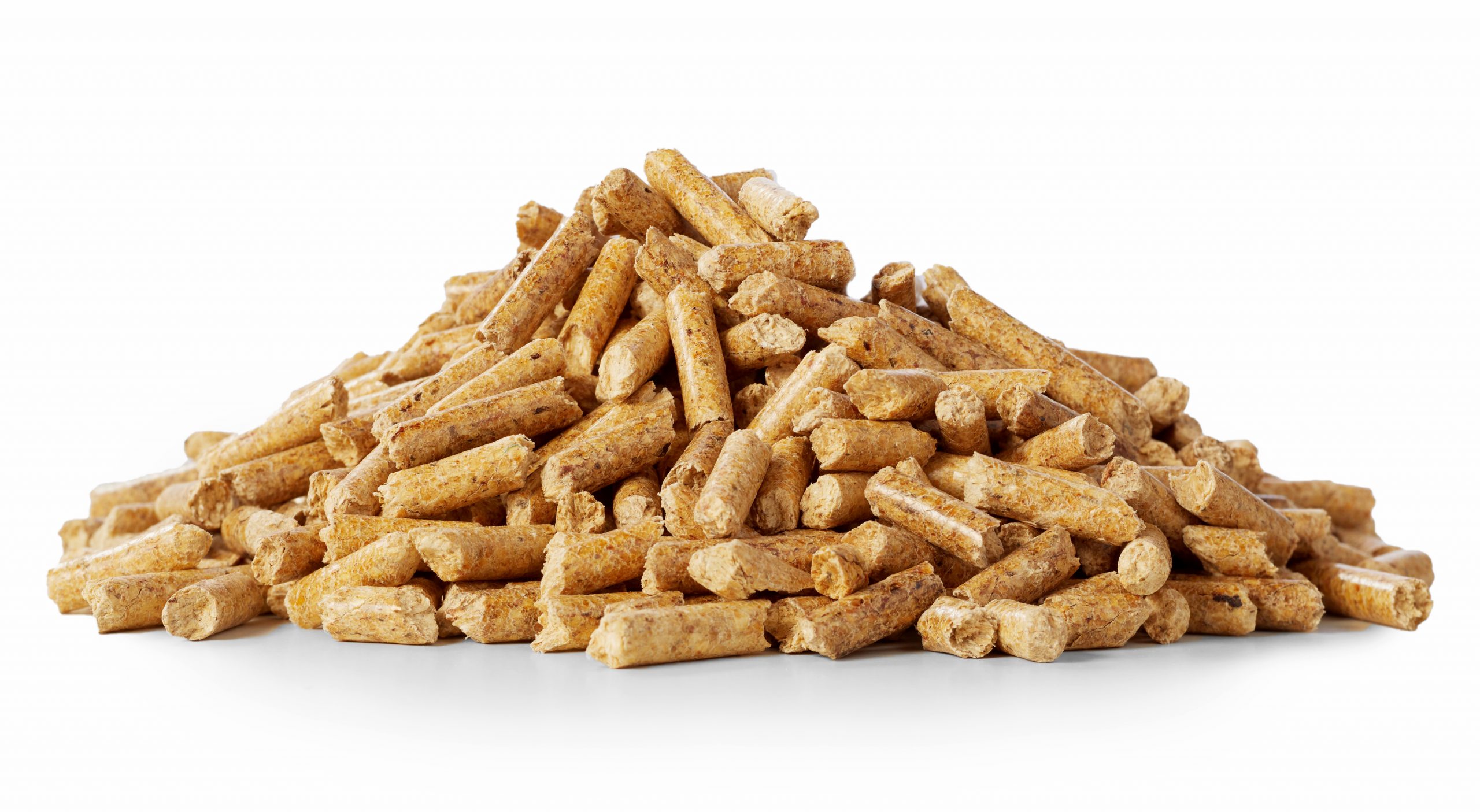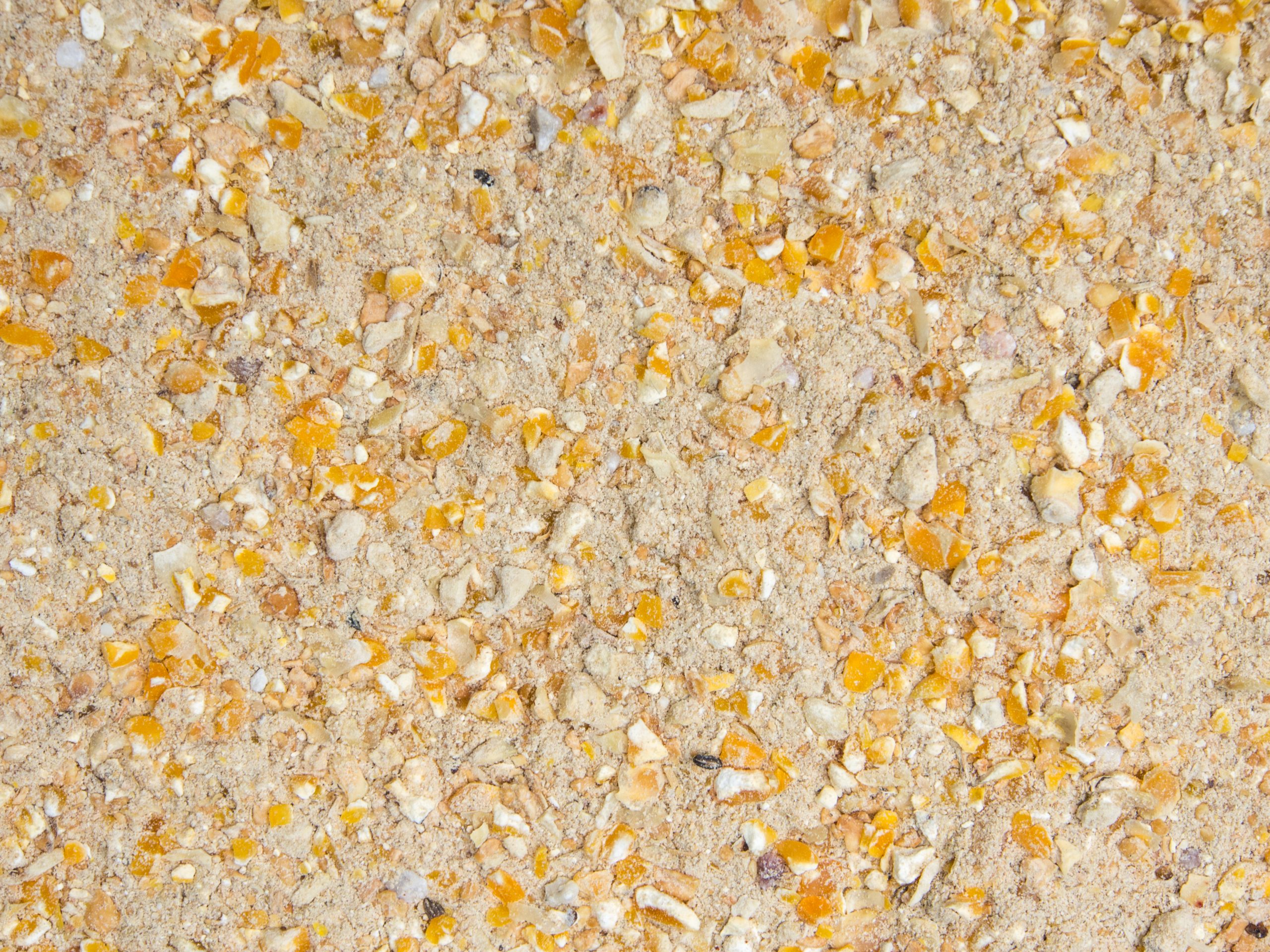Annular gap expander for compound feed
Compound feed processing often requires a means of kneading and mixing input substrates with added liquid ingredients. Careful application of pressure and temperature is needed to achieve a feed with all the desirable characteristics. Product expansion is also often desirable to achieve certain feed characteristics and lower production costs.

Use high levels of liquids to improve pellet quality without compromising throughput
Amandus Kahl’s annular gap expander consists of a thick walled tube and concentric shaft that is fitted with proportioning, mixing, and kneading elements that propel input ingredients along the tube as the shaft is rotated. The output end of the tube is partially blocked by a cone shaped adjusting element. The adjusting element is driven towards and away from the tube based on user inputs and the gap between them.
The annular gap determines the rate and characteristics of material flow as it leaves the tube. As raw materials are driven through the tube by the rotating shaft but restricted from exiting the tube by the relatively small annular gap, the temperature and pressure of the material in the tube rise to as high as 140 C and 40 bar. As the material moves through the annular gap, its pressure and temperature rapidly fall and excess liquids are flash-evaporated leaving an output product that does not require subsequent drying. Careful control of the pressure and temperature profile.
The substrate can achieve many desirable product characteristics like inactivation of harmful substances and retention of value-add ingredients like proteins. The process can absorb large quantities of liquid ingredients and other conditions that would otherwise make a substrate difficult to pelletize.
Benefits
- Allows pelletizing of mix ingredients that would otherwise be very difficult
- Careful control of temperature and pressure profile eliminates harmful substances like salmonellae without degrading desirable additions like proteins
- Large quantities of liquid ingredients can be used for a product that will subsequently be pelletized
- Tube diameters from 150 mm to 450 mm
- Capacities from 2 to 60 tons / h





